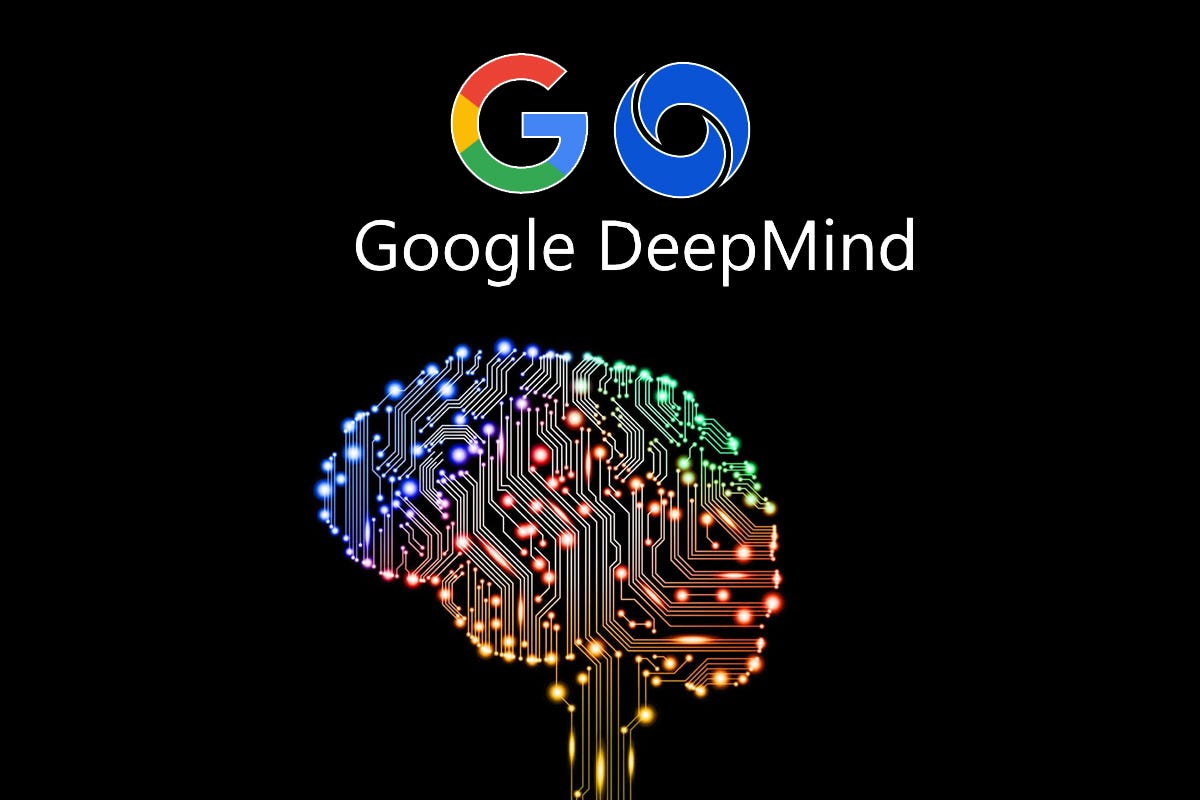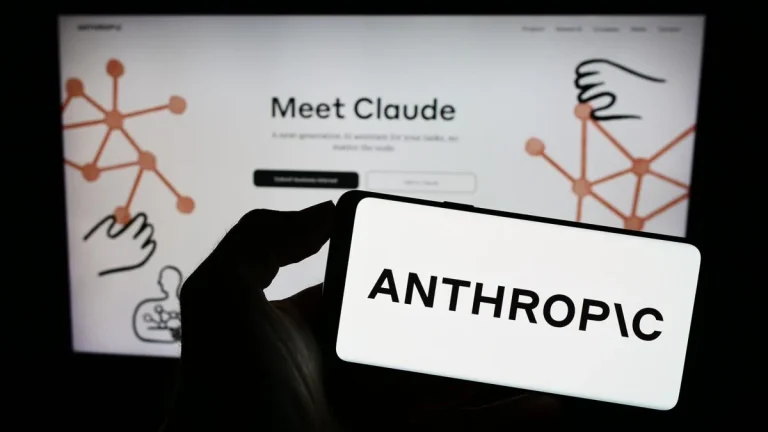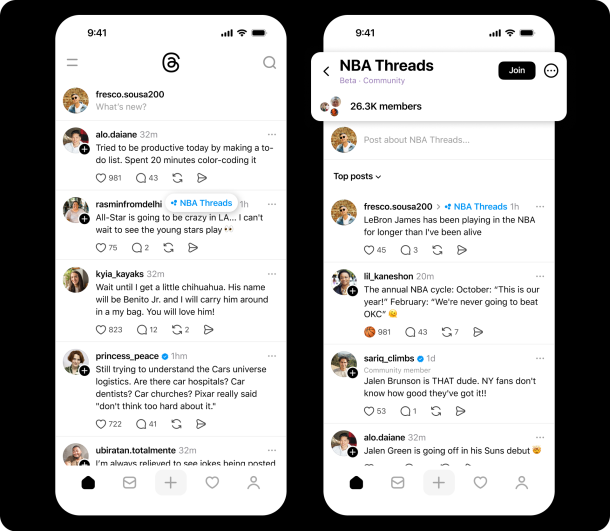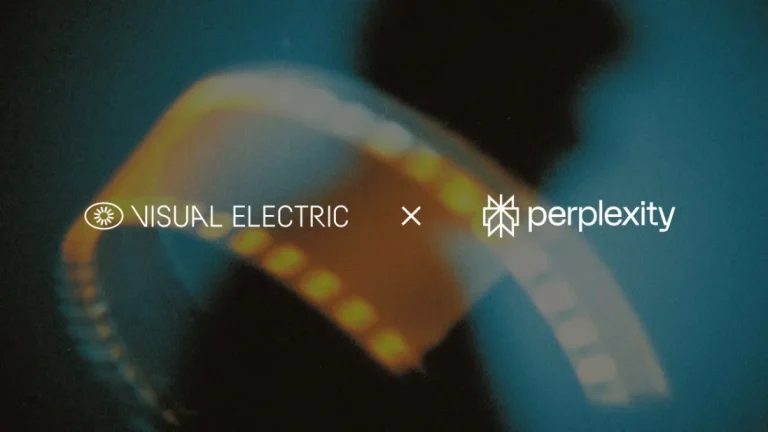
If you thought AI was only good for writing essays and generating cat memes, think again. Google’s AI-powered “bug hunter” — dramatically named Big Sleep — just reported its very first batch of security vulnerabilities. And no, this isn’t your average “turn it off and on again” kind of bug fix.
Heather Adkins, Google’s VP of Security, revealed that Big Sleep, created by a tag team of DeepMind’s AI geniuses and Google’s elite hacker squad Project Zero, sniffed out 20 security flaws lurking inside popular open-source tools like FFmpeg (used for audio/video processing) and ImageMagick (the Swiss army knife of image editing).
The details of these flaws are still under wraps — and for good reason. Google follows standard security policy: no spilling the technical tea until the bugs are patched. But the real headline here? The AI found them on its own.
Well… almost on its own. As Google spokesperson Kimberly Samra explains, a human expert still reviews the AI’s findings before they’re reported. Think of it as AI doing the heavy lifting while humans double-check the work — because, as many developers will tell you, AI sometimes “hallucinates” bugs that don’t exist.
This isn’t just a cool experiment; it’s a peek into the future of cybersecurity. Royal Hansen, Google’s VP of Engineering, even called it “a new frontier in automated vulnerability discovery.”
And Big Sleep isn’t alone in this mission. Other AI bug hunters like RunSybil and XBOW are already out in the wild — with XBOW topping the charts on HackerOne, a major bug bounty platform. But while the promise is huge, so is the caution. AI can sometimes produce false positives, leaving developers sifting through digital fool’s gold.
The bottom line? AI bug hunters like Big Sleep could radically speed up security research, plug dangerous loopholes faster, and make the internet a safer place. But for now, they still need a human sidekick to keep them honest.






